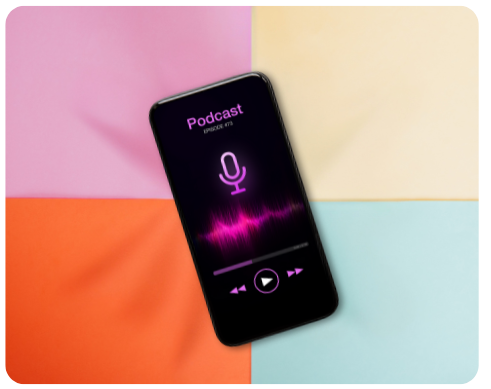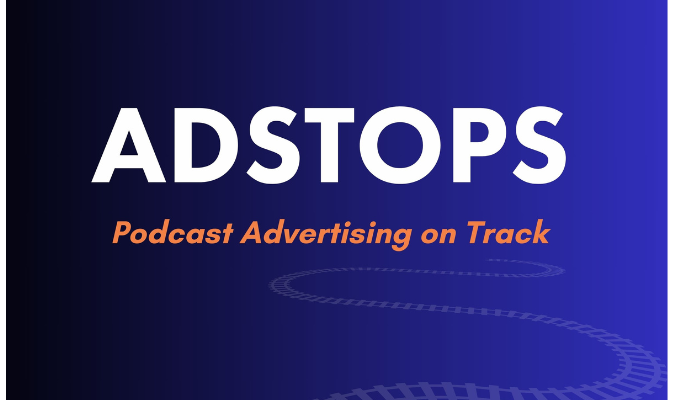
YouTube Sponsorship Requirements: Metrics to Look For
Not All Views Are Created Equal
Ever wondered what actually makes a YouTube channel sponsorship-worthy? Sure, high view counts are nice, but if that’s all you’re looking at, you’re missing the bigger picture.
Not all views are created equal, and not every creator is the right fit for your brand. Beyond audience size, a successful sponsorship depends on metrics like engagement rate, audience demographics, content consistency, and conversion potential. If your goal is to get real ROI—not just brand exposure—you need to know what to look for before investing in a partnership.
The Key YouTube Metrics That Matter
Sponsoring a YouTube creator isn’t just about picking someone with the most subscribers. If that were the case, every brand would just throw money at the biggest names in the industry. Instead, brands that succeed with sponsorships analyze key performance indicators (KPIs) to ensure they’re getting in front of the right audience in the right way. Let’s break down the key metrics you should be evaluating:
Subscriber Count (But Don’t Stop Here!)
- A larger subscriber base can signal a broader reach, but a high sub count doesn’t guarantee active engagement or influence.
- Many micro and mid-tier YouTubers (10K–250K subs) actually have stronger audience relationships and higher conversion rates than big-name creators.
- Instead of focusing solely on subscriber count, look at how fast a creator’s audience is growing—consistent upward momentum means they’re actively engaging new viewers.
Average Video Views (Per Video, Not Just One Viral Hit)
- Instead of a channel’s total views, focus on their average video views per upload over the last 30–90 days.[1]
- For an even more reliable average view we recommend taking the average of a video at it's 30-day mark vs. averaging all videos on the channel with even older videos. Obviously a video 4 months old will have more views than it did on 30-day mark. You will also want to exclude outliers (lowest and highest video recently) to ensure consistency in your calculation.
- Channels with steady and reliable view counts are a safer bet than those with one-off viral spikes followed by lower performance.
Engagement Rate (Likes, Comments, Shares, Watch Time)
- Likes and comments indicate an active and loyal audience—not just passive viewers.
- Shares show that people are actively recommending the content to others, which means higher credibility and organic reach.
- Watch time is a YouTube goldmine—longer watch times suggest the audience is sticking around for the full video (and, more importantly, your sponsorship message).
Rule of Thumb: A strong engagement rate (likes/comments per view) is 2% or higher for mid-size creators and 1%+ for larger influencers.
Audience Demographics (Are You Reaching the Right People?)
- Sponsoring a YouTuber isn’t just about reaching more people—it’s about reaching the right people.
- Ask for audience analytics:
- Age & Gender: Does this match your ideal customer profile?
- Location: Are they primarily based in regions where your product is sold?
- Device Usage: Are viewers watching on mobile, desktop, or TV? (This impacts how they interact with ads.)
Niche & Content Fit (Is Their Audience Your Audience?)
- A YouTuber’s niche drastically impacts sponsorship success. A gaming channel and a fitness channel might have the same views, but audience intent is completely different.
- Look at their past brand deals: Have they successfully promoted similar products before? If so, their audience is likely already primed for your brand.
Video Format & Ad Integration Style
- Not all sponsorships are created equal. The way a YouTuber integrates brand messaging can determine how effective your campaign will be.
- Common formats include:
- Pre-roll (short intro mention) → Good for brand awareness, lower conversion.
- Mid-roll (in-depth integration within the video) → Highest engagement and best for conversions.
- Dedicated video (entire content is focused on the brand) → Most expensive, but most immersive.
TIP: Look at how they’ve handled past sponsorships—do they feel natural, or do they disrupt the video?
Conversion Metrics & Audience Behavior
- If your goal is sales, signups, or website traffic, analyze whether the creator’s audience actually takes action when prompted.
- Some indicators of strong conversion potential:
- They have a history of successful promo code redemptions.
- Their past sponsorships led to strong brand engagement (likes/comments asking about the product).
- They naturally recommend products outside of paid promotions—this builds credibility.
How These Metrics Impact Sponsorship Costs

Not every high-performing channel is expensive, and not every expensive channel performs well. Here’s how these metrics may factor into sponsorship pricing:
High engagement rates + niche audience = Higher CPMs
- A beauty influencer with 100K engaged subscribers can command the same or higher sponsorship rates as a general entertainment channel with 500K subs.
Strong conversion track record = Premium pricing
- If a creator has proven results driving product sales, expect to pay a premium for their partnership.
BUT you can always negotiate a rate down by:
- Booking multiple videos
- Discussing how their demographic doesn't quite fit so you need an adjusted eCPM - effective CPM - based on paying for the views that reach most of your target audience
- Sign an IO that states test at X rate and with an increase to Y on the next video if it performs well
Larger, less-engaged audiences = Lower CPMs
- General content creators with high view counts but low engagement often offer lower rates, but they may not deliver the best ROI.
Final Thoughts: Finding the Right YouTube Sponsorship Fit

YouTube sponsorships aren’t just about exposure—they’re about impact.
Instead of focusing only on subscriber count or view numbers, look for creators who align with your brand, engage their audience authentically, and have a proven ability to influence purchasing decisions. If you’re serious about maximizing your sponsorship ROI, analyze these key metrics before signing a deal.
Ready to add YouTube to your campaign mix—or not quite sure where to start? Book a free consultation with our VP of Sales and one of the world's top YouTube buyers, Elsie Kaplan.
ADOPTER Media
We believe in data-driven results and are dedicated to helping everyone make better decisions and advance their work using a platform trusted by Fortune 500 companies and beloved regional brands alike. Have a question about podcast advertising or YouTube sponsorship? Connect with us and we will be happy to help!

